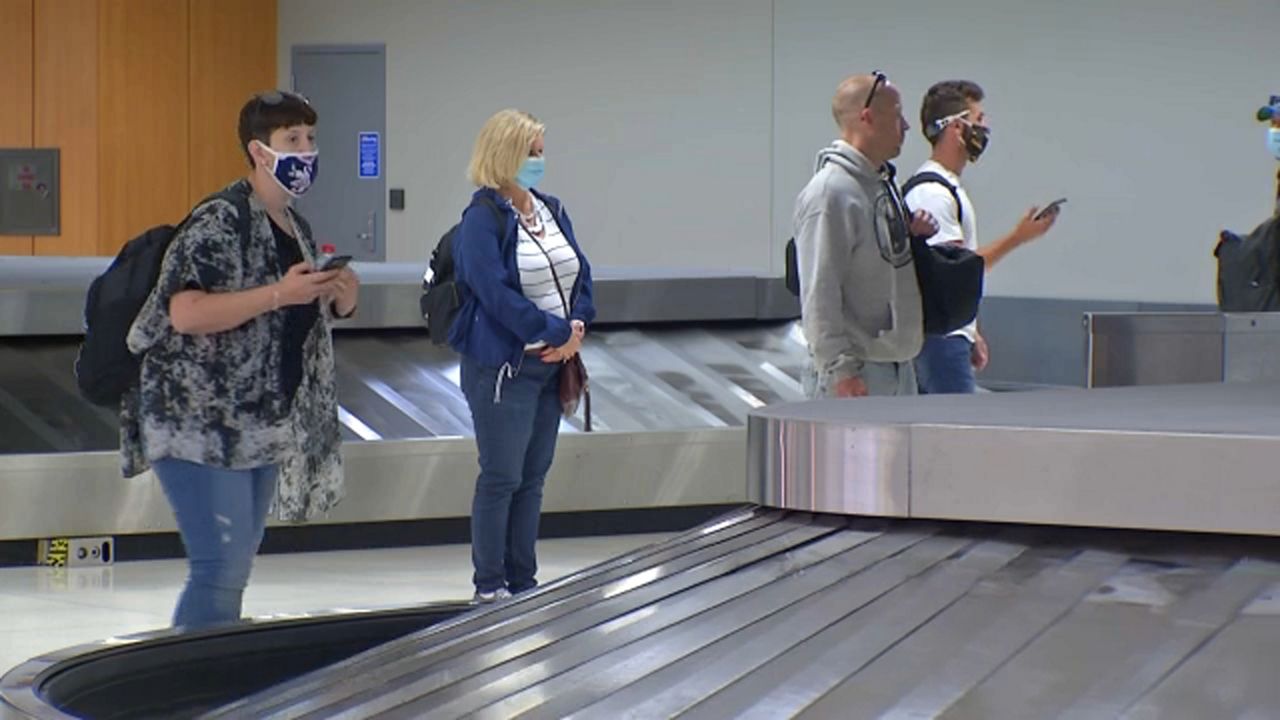New York, New Jersey, and Connecticut have announced a Tri-State 14-day quarantine for people coming into those states from states with a high coronavirus infection rate.
The move comes after those states saw an early surge in coronavirus infections which has subsequently subsided. But in the south and west, the virus is quickly gaining momentum.
Here's a question and answer on what to know about the quarantine:
1. When did it go into effect?
The quarantine officially took effect at 12:01 a.m. for New York, based on Gov. Andrew Cuomo's executive order. There's no end date yet for when it will be lifted.
2. Didn't Cuomo blast other states' efforts to keep New Yorkers out?
Yes and no. Cuomo did not find it "neighborly" for some states to prevent New Yorkers from entering and threatened to sue Rhode Island over stopping people with New York license plates on their cars. But Cuomo has indicated that was a different circumstance. His quarantine is not a "blockade." He likely cannot legally prevent people from entering the state, at any rate.
Florida had sought to limit exposure from New Yorkers and still has its own quarantine in place on the state's residents.
3. How is it being enforced?
For starters, violators of the quarnatine could be hit with a fine of up to $10,000. As for finding people who are violating the order, Cuomo has compared it to speeding. Sure, you can drive more than 65 mph, but at some point you will get pulled over.
Cuomo on Thursday suggested people would "drop a dime" on someone if they are found to have broken the quarantine order. On Friday morning in a CNN interview, Cuomo suggested there would spot inspections of people who have flown in from quarantine states and should be self-isolating.
4. Which states are affected?
For now, people who travel into New York from Alabama, Arkansas, Texas, North Carolina, South Carolina, Arizona, Florida, and Utah will have to isolate for 14 days. This may not always be the case. The quarantine will be affecting states that have positive test rates of 10 per 100,000 people. So ultimately some states will be removed from the list and some added depending on where the virus takes hold.
5. What does it mean to actually quarantine?
The Department of Health has some very specific guidelines it released on Thursday morning.
A quarantined person must not be in public or leave their quarters, they must have a seaprate bathroom facility from those who are not quarantining.
A person under quarantine must also be living separately from other members of a household. Food must be delivered to where the person is staying and there must be a face mask for a person to use if they become symptomatic.
6. What will this do to summer travel plans?
That remains to be seen. The quarantine is being put in place just as the summer tourism season is kicking off, such as it is these days, for upstate New York. Some tourism officials are not pleased with the quarantine and the potential limits being placed on travel.
7. Why is this happening now?
New York is in something of a reverse position from March and April as the virus was spreading rapidly throughout the state and parts of the northeast. Now, the infection rate has lowered to about 1 percent per 50,000 to 70,000 tests conducted daily. At the same, New York's economy is gradually reopening to over the last month and a half. The virus has surged elsewhere and, the fear is, could return to New York in states with a high infection rate.
8. Are there exemptions?
Gov. Cuomo says there are. Baseball players, for instance, who are starting the major league season in July are exempt and working with Health Commissioner Howard Zucker. There are also exceptions for people who have specified health and hospitalization needs.


